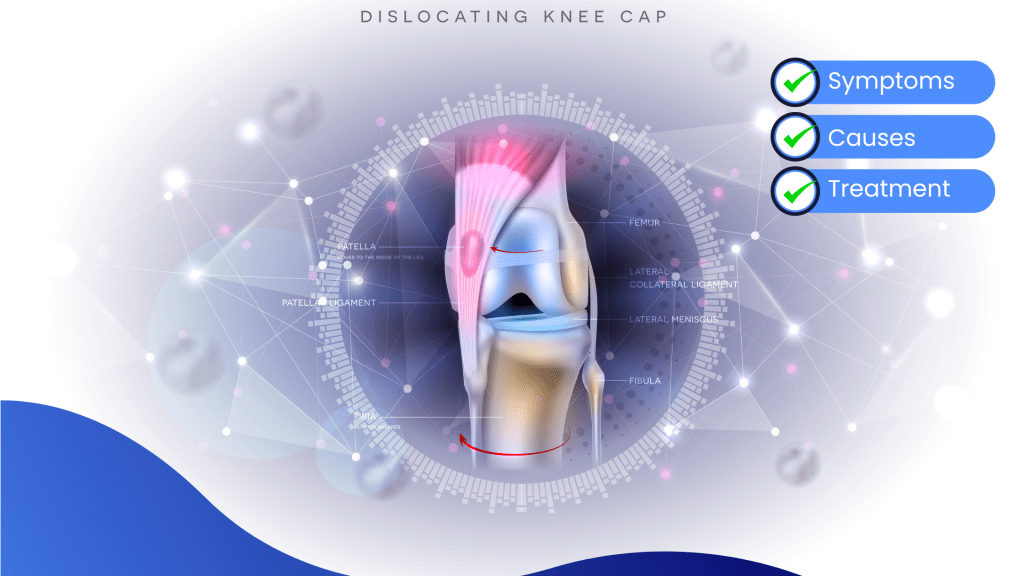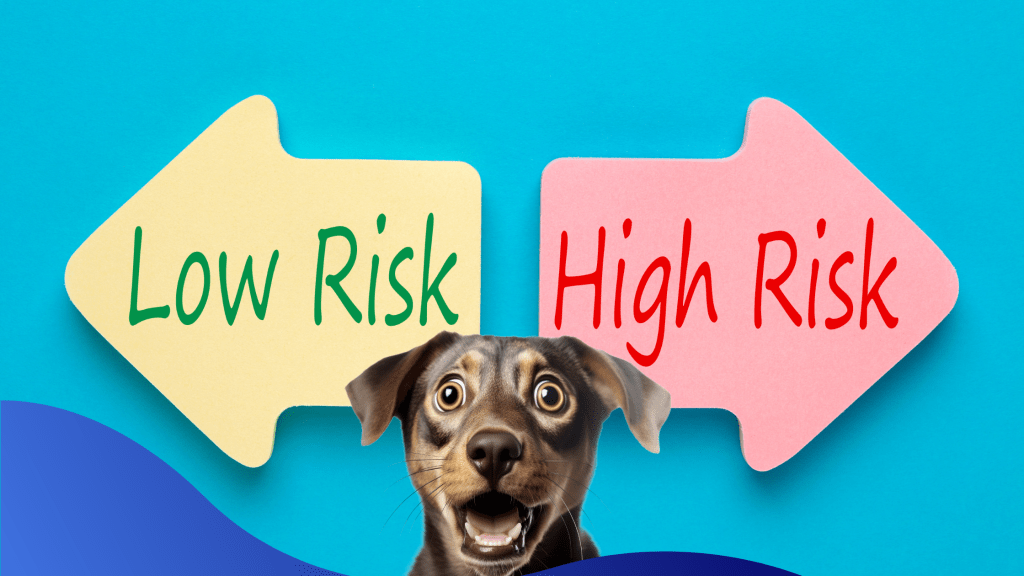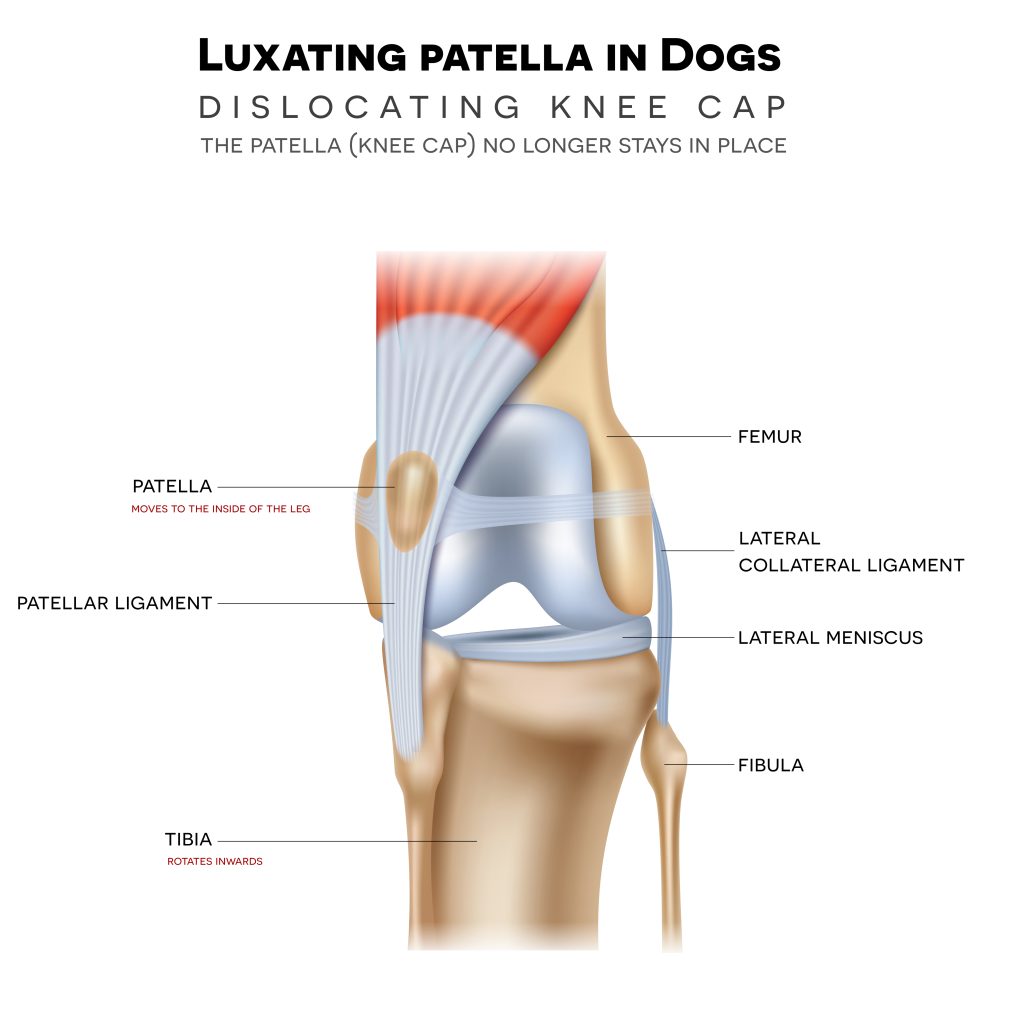
Is your furry friend struggling with a wobbly gait, occasional limping, or difficulty extending their hind leg? These could be signs of patella luxation—a common orthopedic issue in pets.
Patella luxation (luxating patella) in dogs is a condition where the kneecap (patella) moves out of its normal position within the groove of the thigh bone (femur). This misalignment can lead to discomfort, reduced mobility, and long-term joint damage.
What Are The Symptoms Of Luxating Patella In Dogs?
- Intermittent lameness – Your dog may exhibit sudden or occasional limpness, more than likely after any physical activity or when getting up from rest.
- Skipping or hopping – Dogs with patella luxation may hop or skip on their hind leg, to avoid putting weight on the affected limb.
- Difficulty extending the hind leg – Your dog may find it difficult to fully extend the hind leg, you might notice them holding their leg up for short periods.
- Favouring one leg – Your dog may favour one hind leg over the other.
- Pain or discomfort – Your dog may show signs of pain or discomfort, which can include vocalisation, restlessness, or reluctance to be touched around the knee area.
- Swelling and joint enlargement – In some cases, there may be swelling around the knee joint, the joint may even appear larger than normal.
- Knock-knee appearance – In very severe cases the affected leg may appear to bend inward, giving a bow-legged appearance.
Patella Luxation Grading:

Grade I: The patella can be manually moved out of place but returns to its normal position on its own.
Grade 2: The patella moves out of place occasionally, often during physical activity, and may return on its own.
Grade 3: The patella is frequently out of place and can be manipulated back into position by a veterinarian.
Grade 4: The patella is permanently out of place and cannot be manipulated back into position.
What Breeds Are Predisposed To Patella Luxation:
- Small toy breeds: Chihuahuas, Pomeranians, Yorkshire Terriers and Minature Poodles.
- Larger breeds: Labradors and Boxers to name a couple.
What Are The Treatment Options For Patella Luxation:

Conservative Management:
For mild cases, weight management, physical therapy, and anti-inflammatory medications may be recommended.
Surgical Correction:
In more severe cases or when conservative methods fail, surgery may be needed to realign the patella and correct any underlying structural issues.
If you suspect that your dog may have patella luxation or if you notice any lameness or discomfort, it’s crucial to consult with a veterinarian for a proper diagnosis and treatment plan tailored to your dog’s specific needs.
We hope this information has been helpful, until next time…
